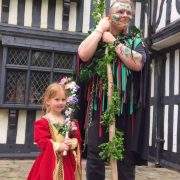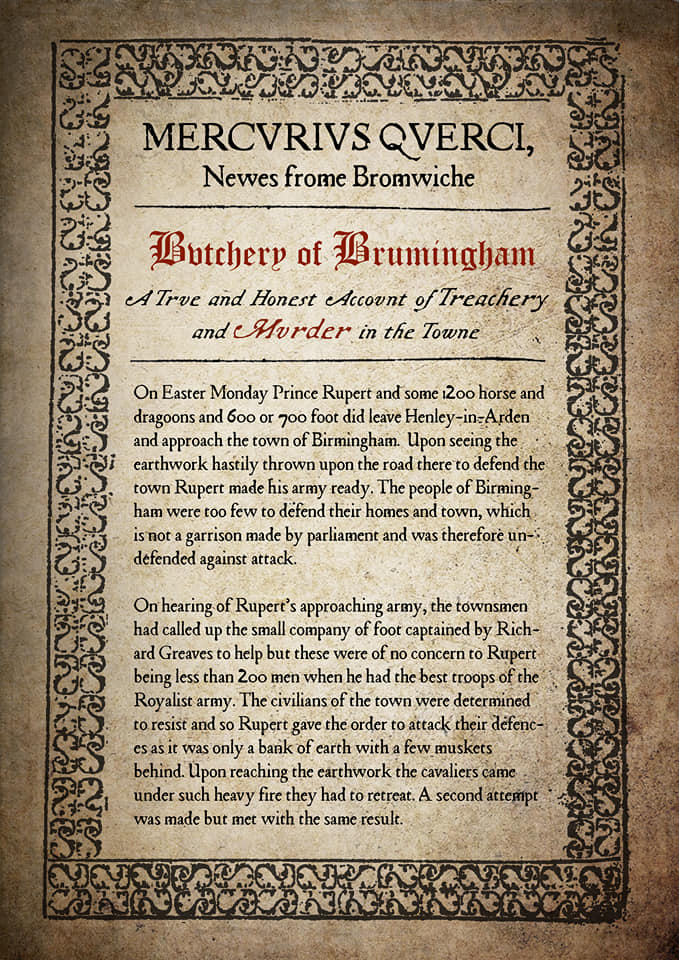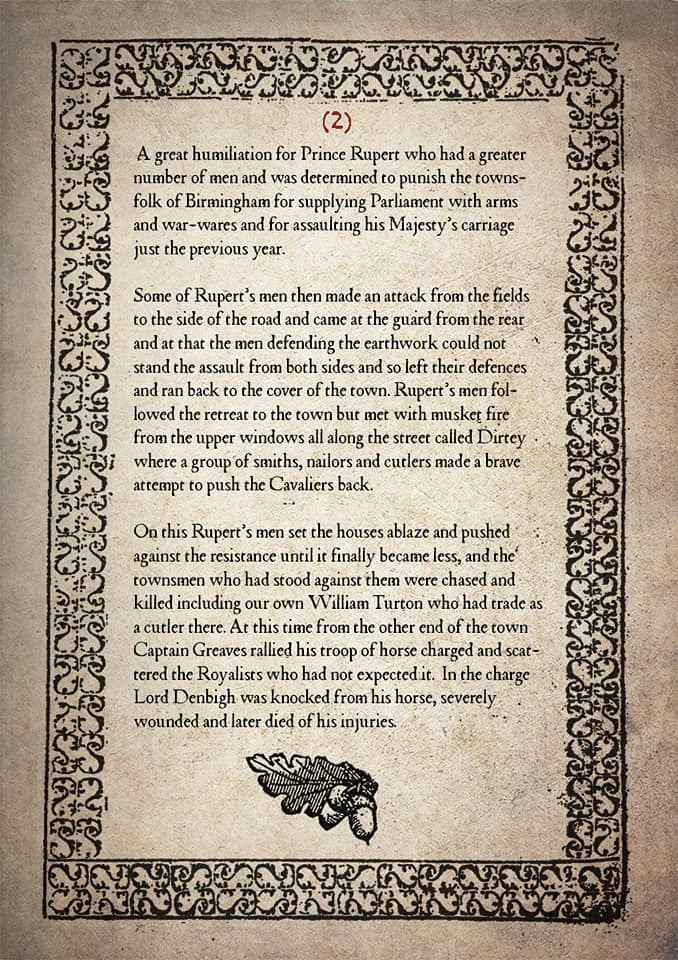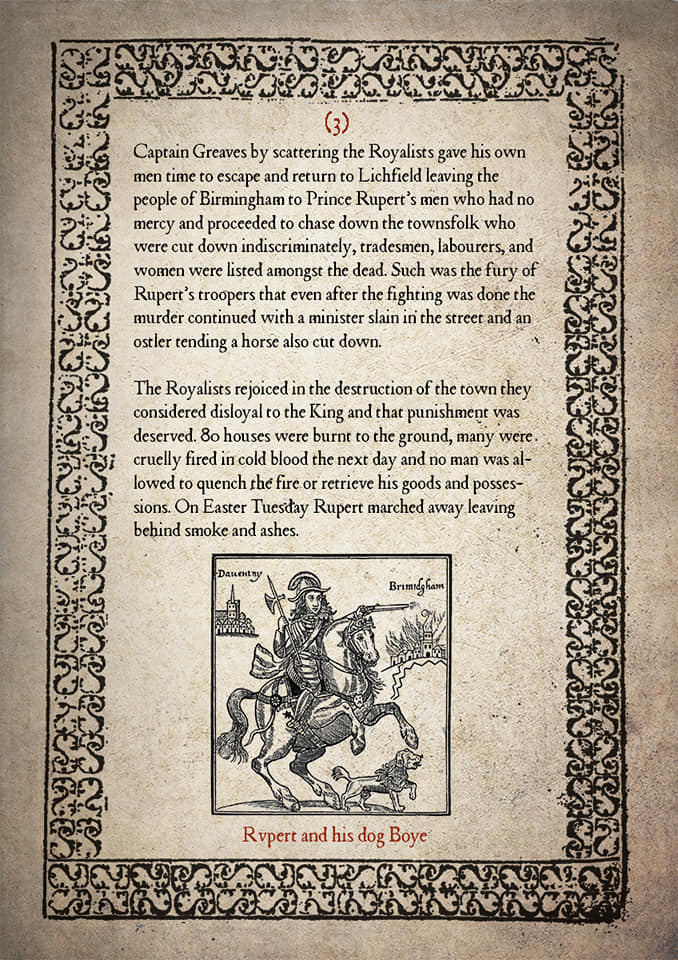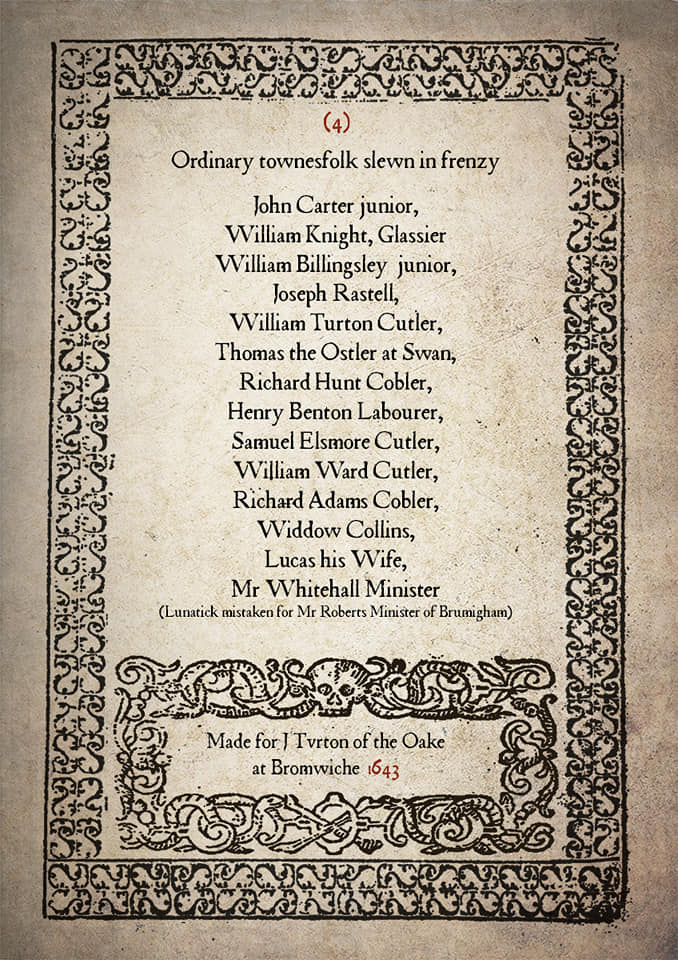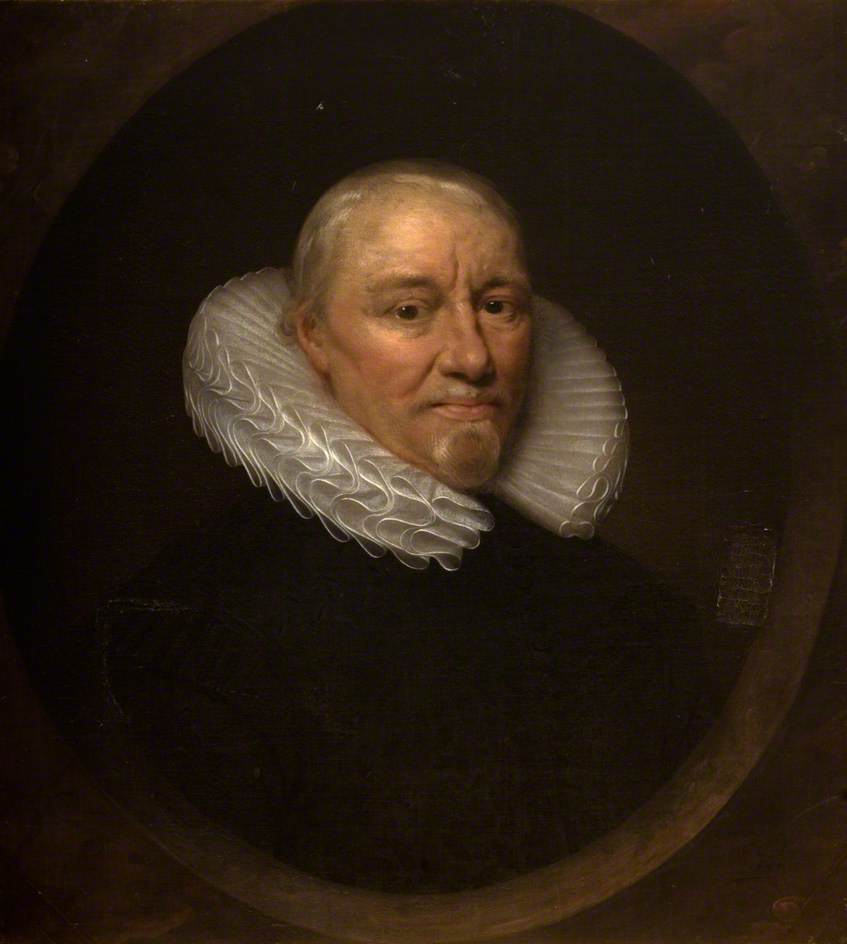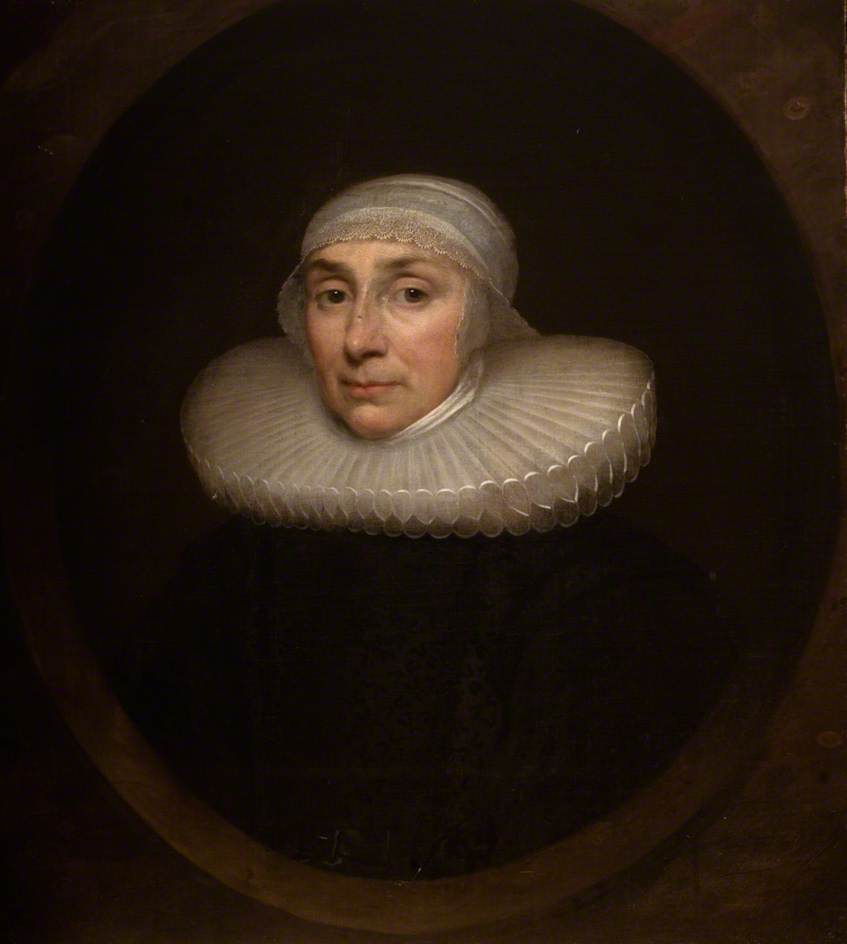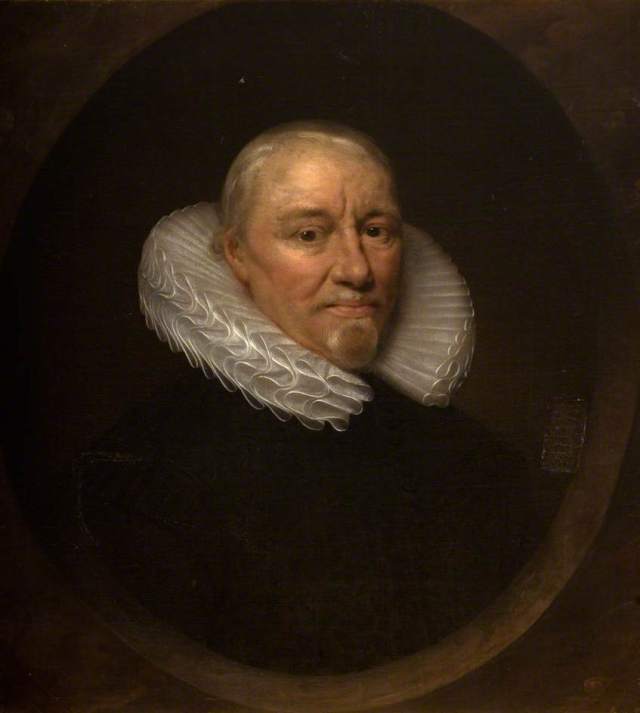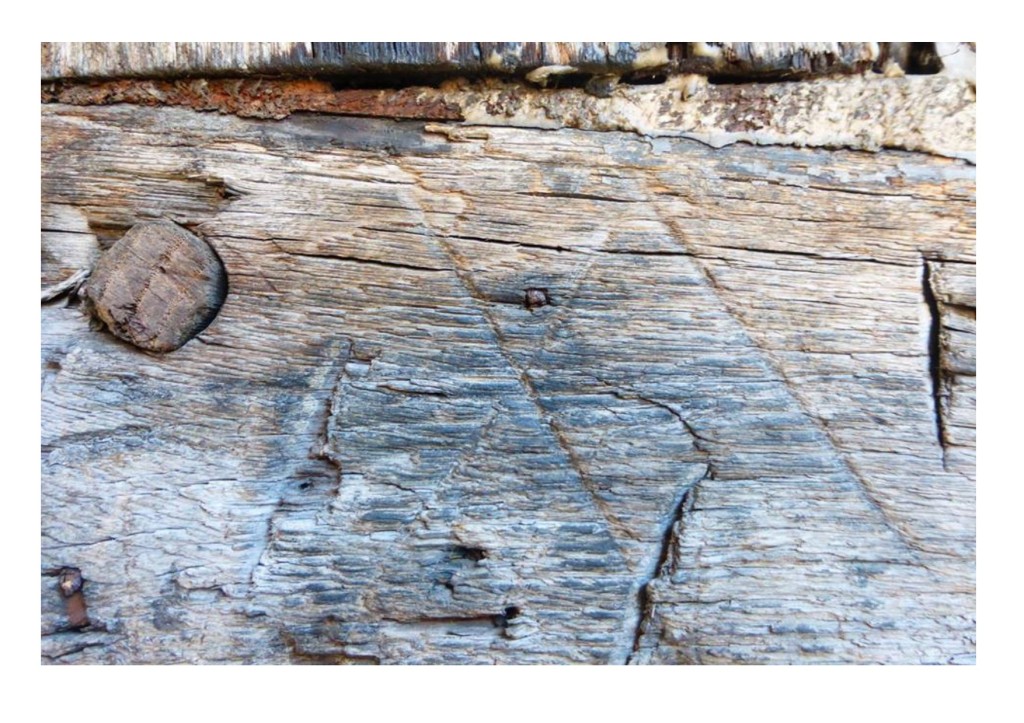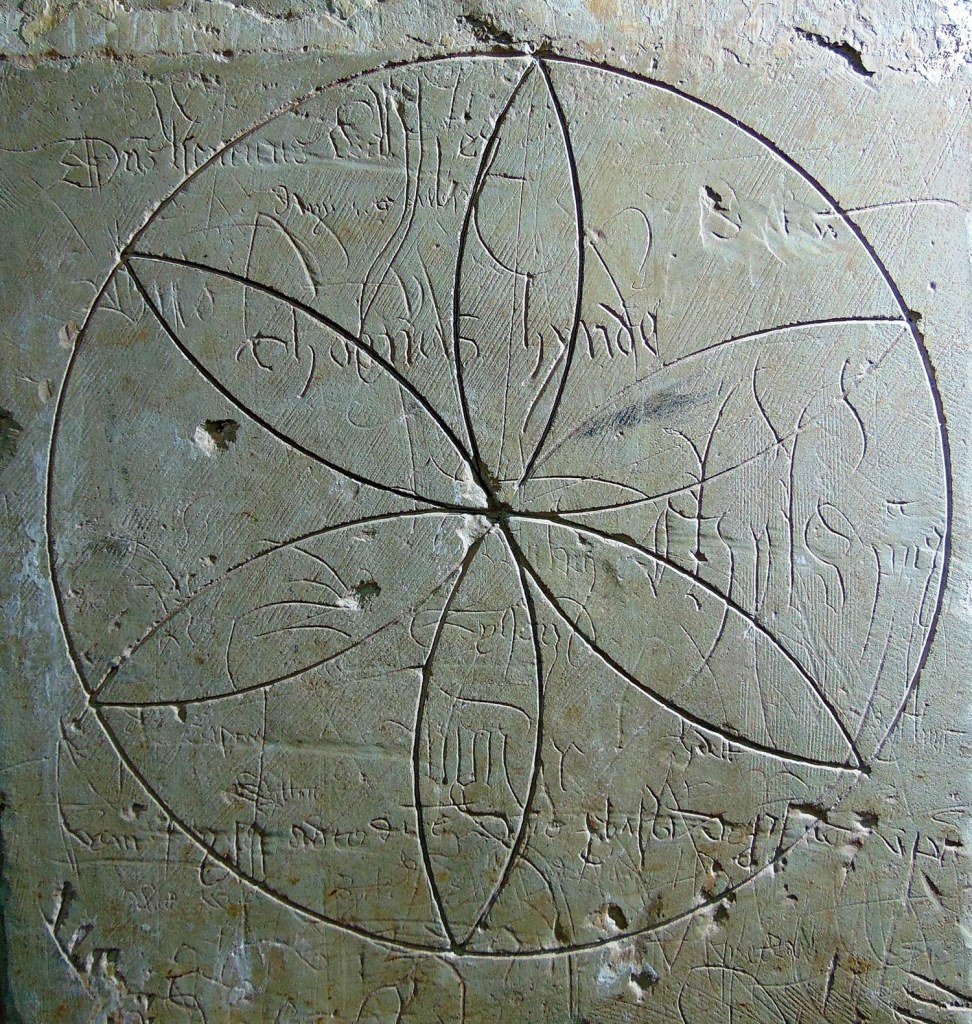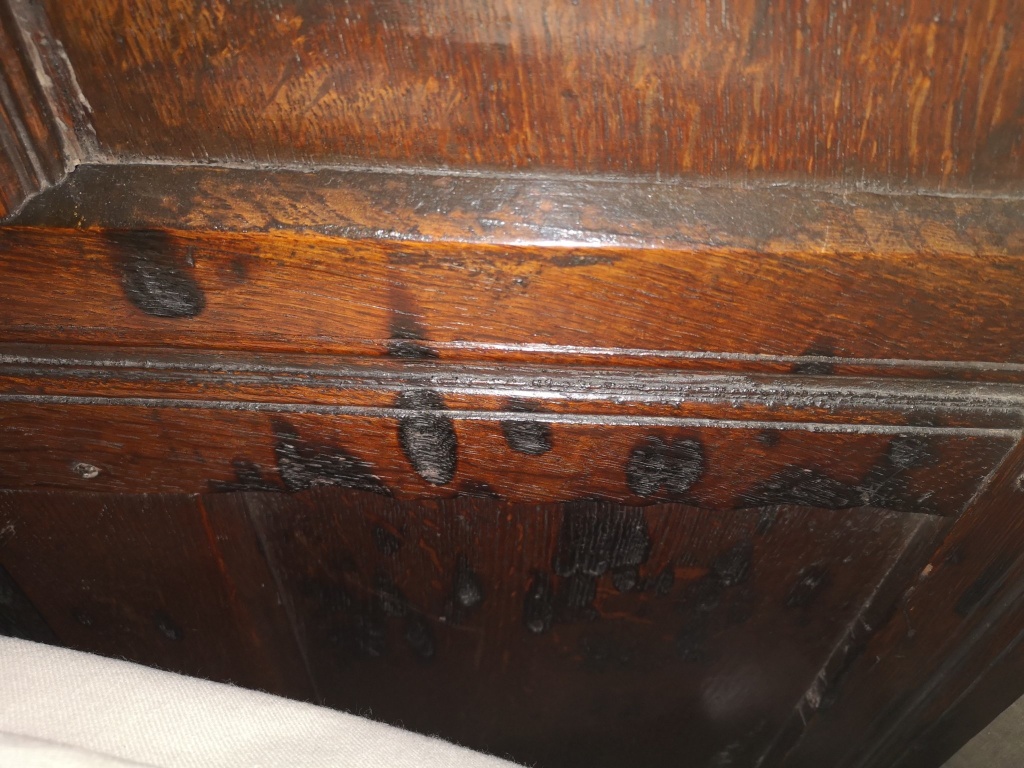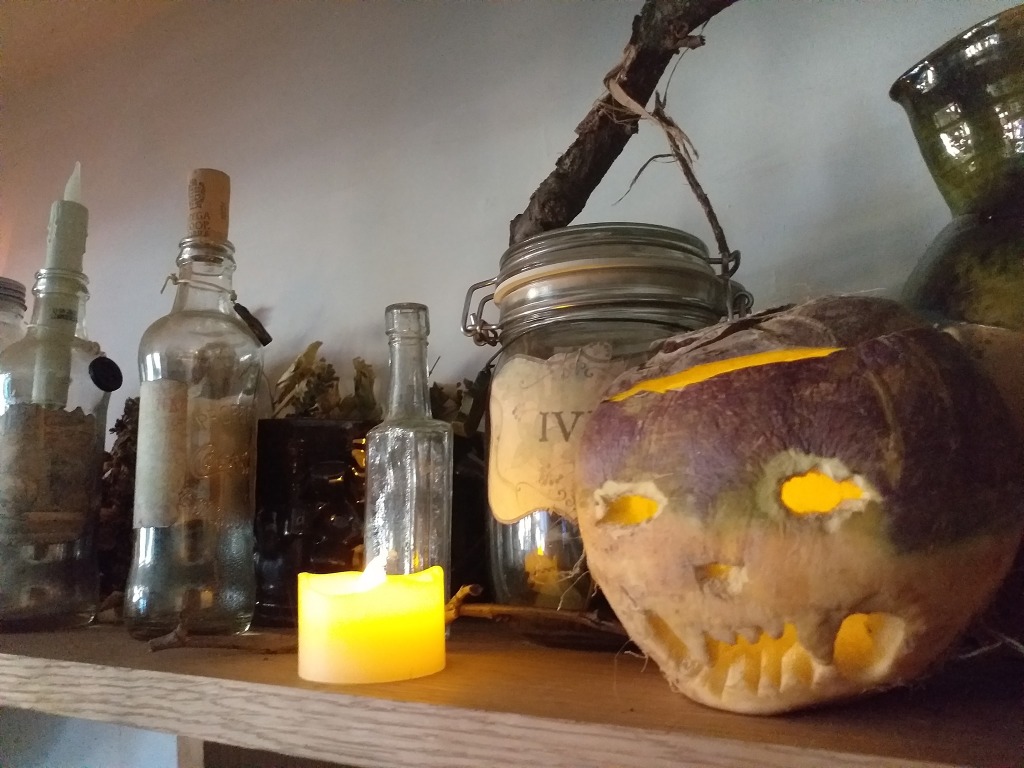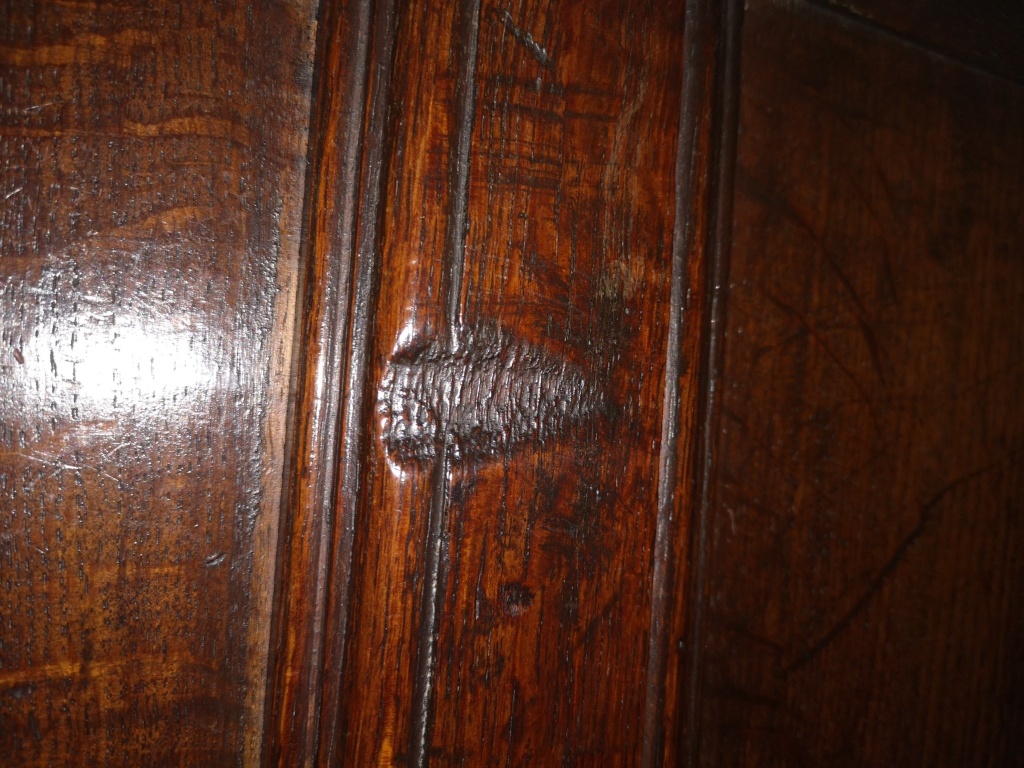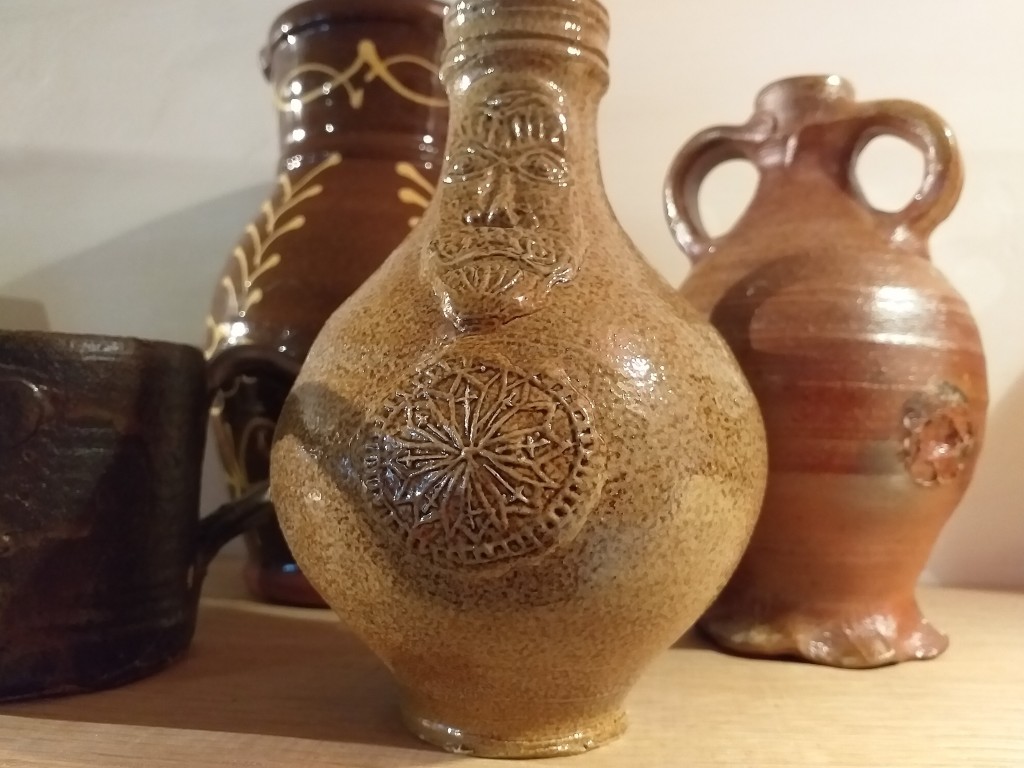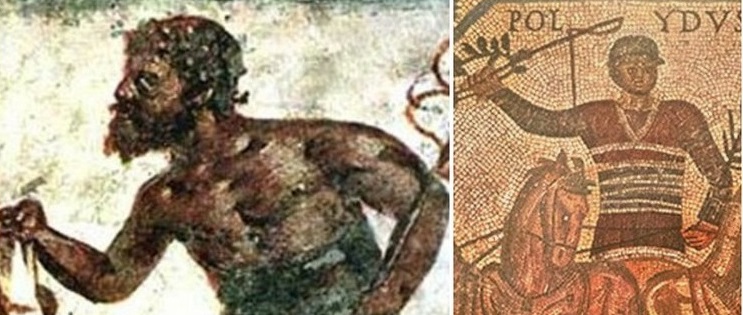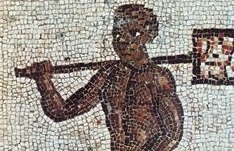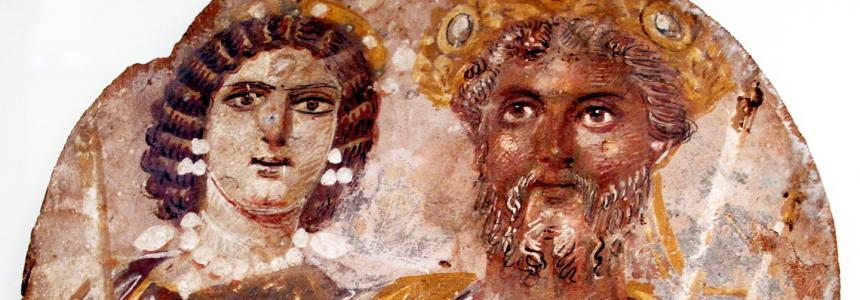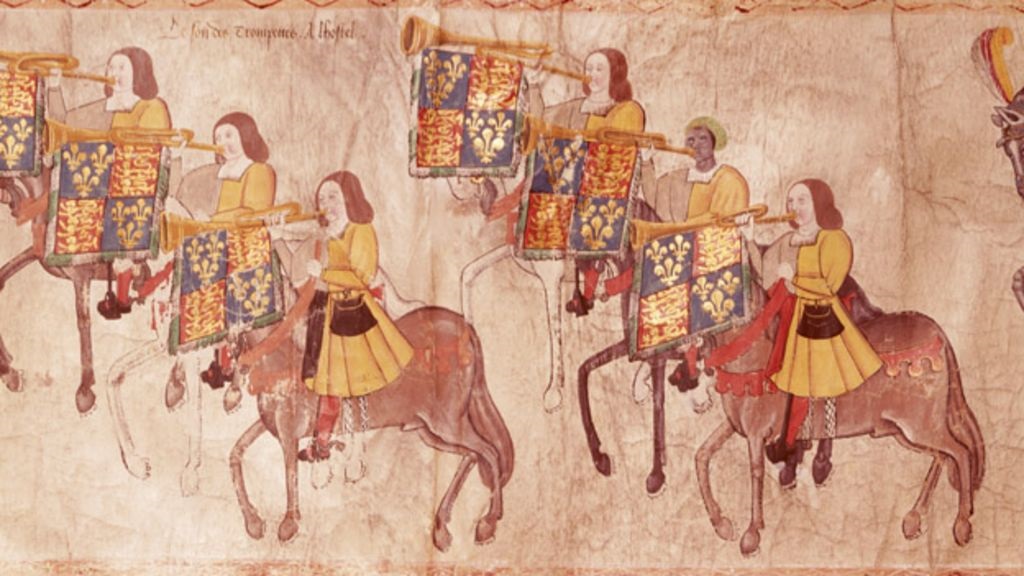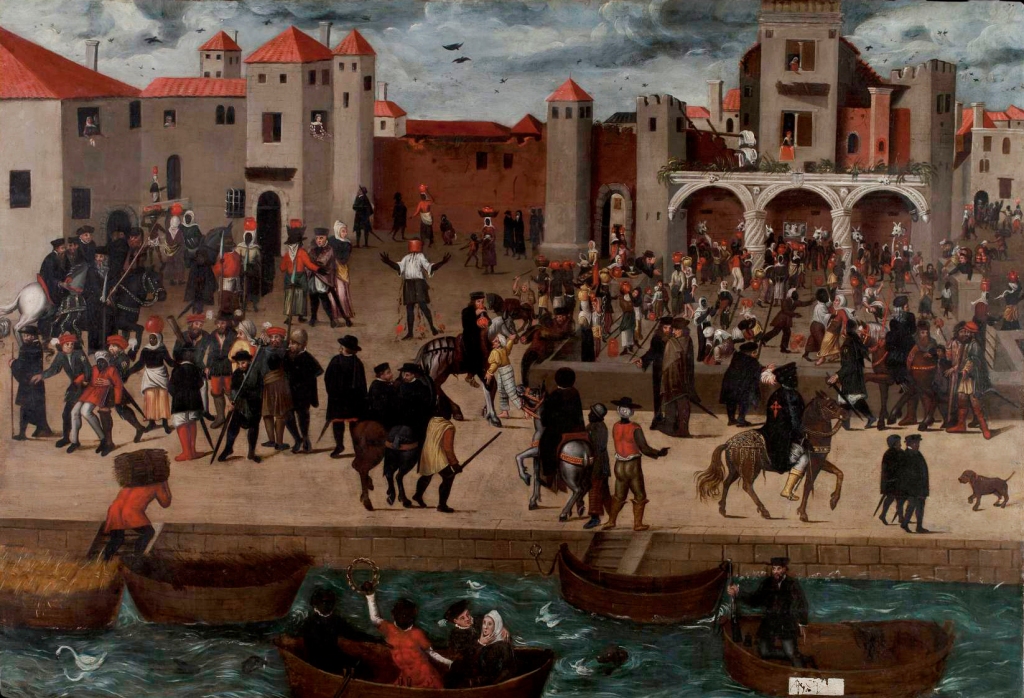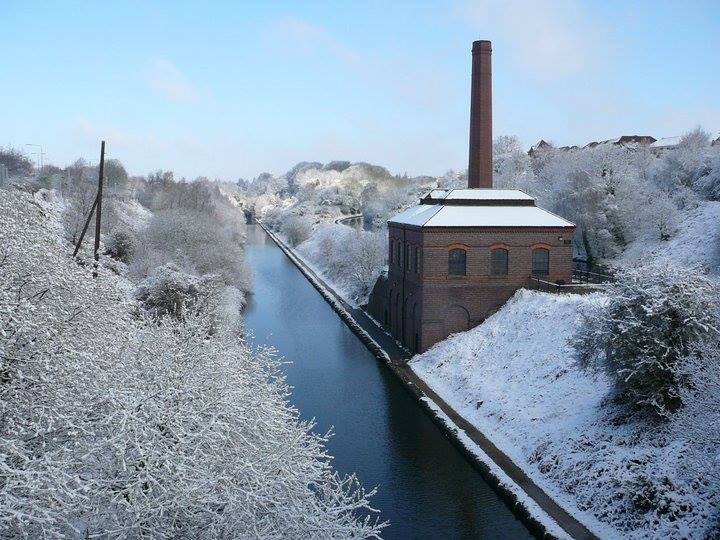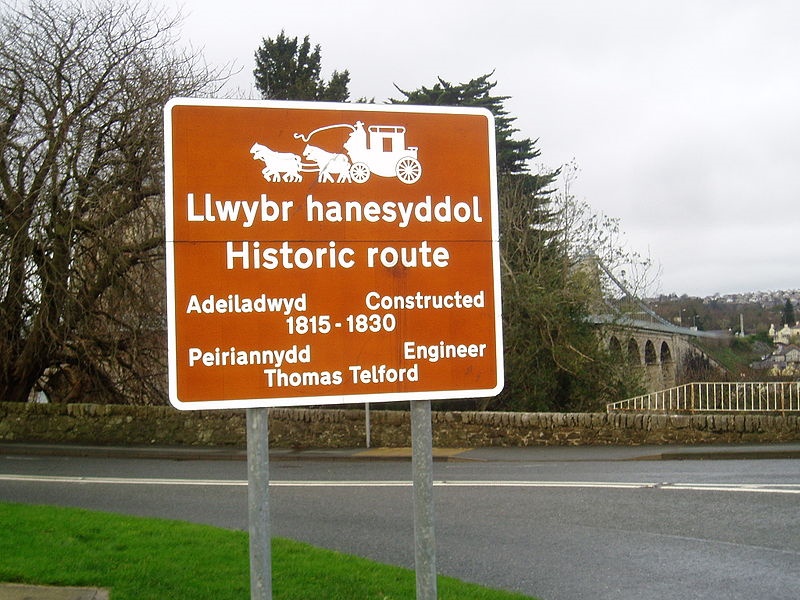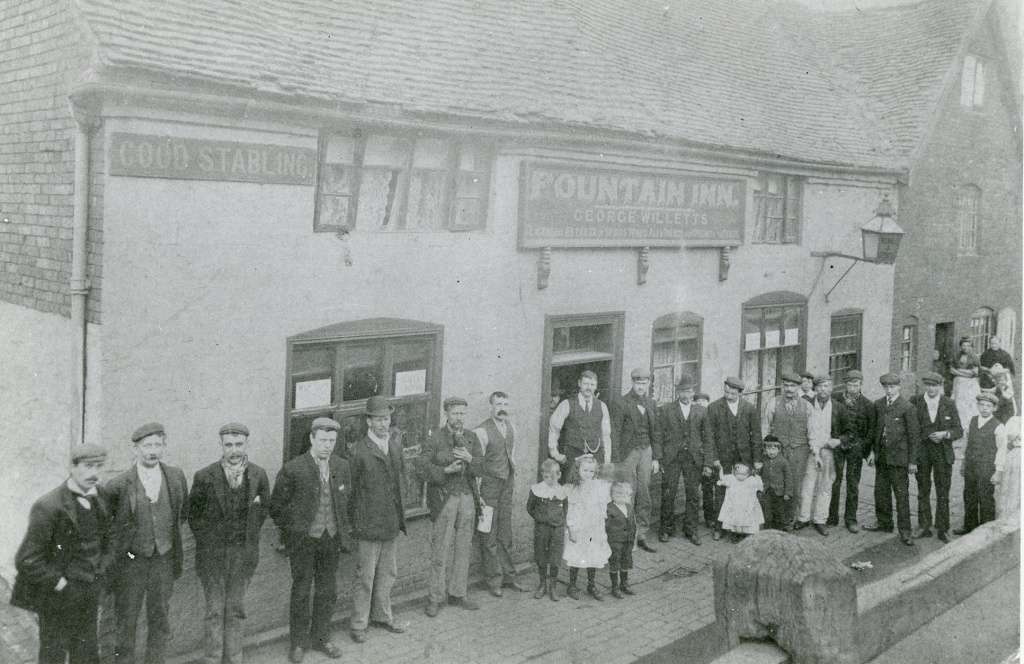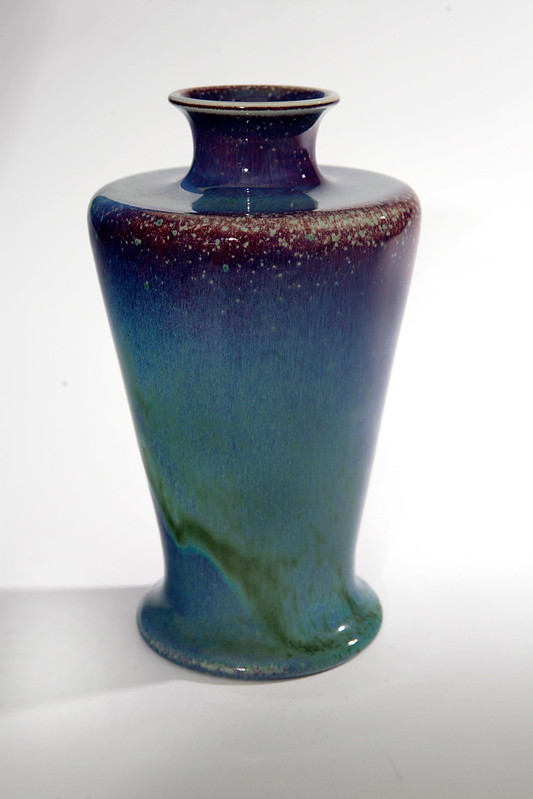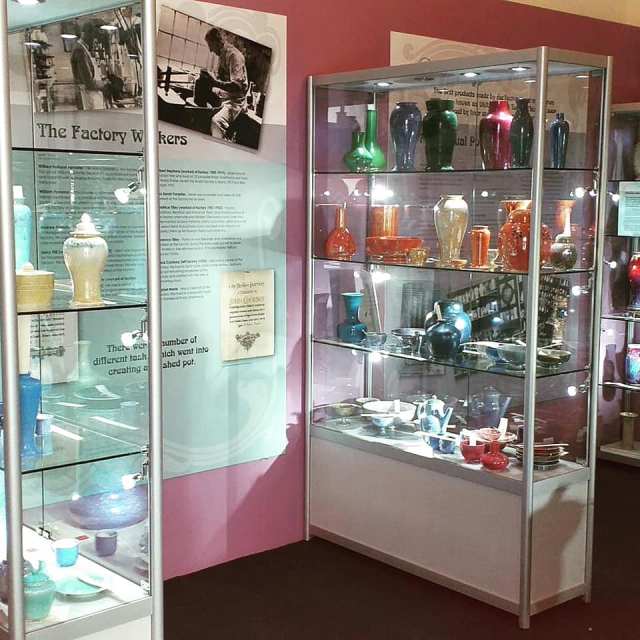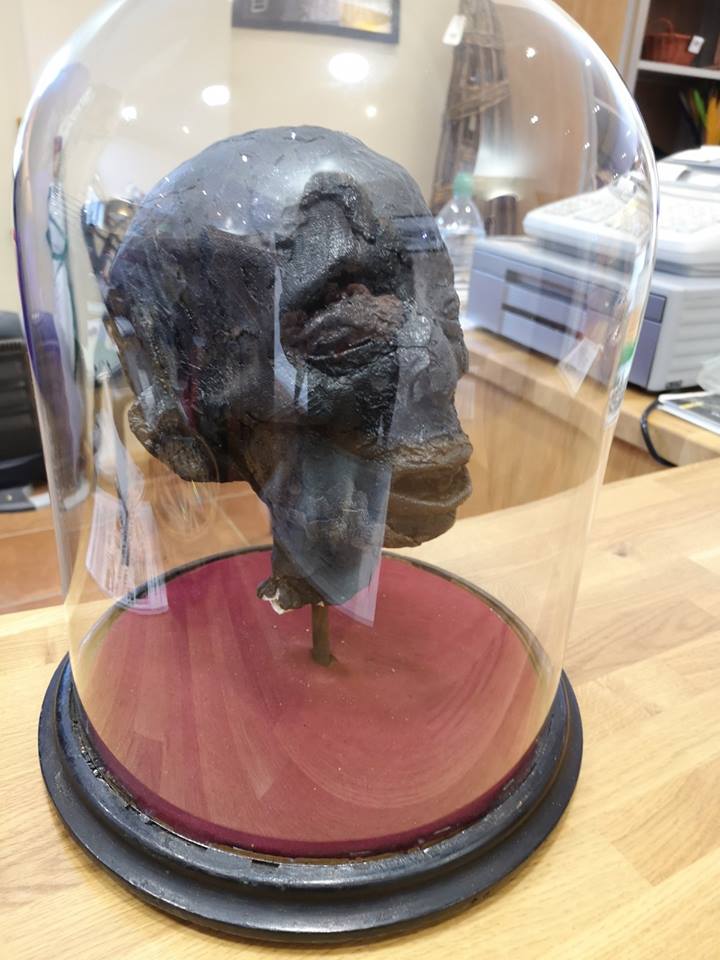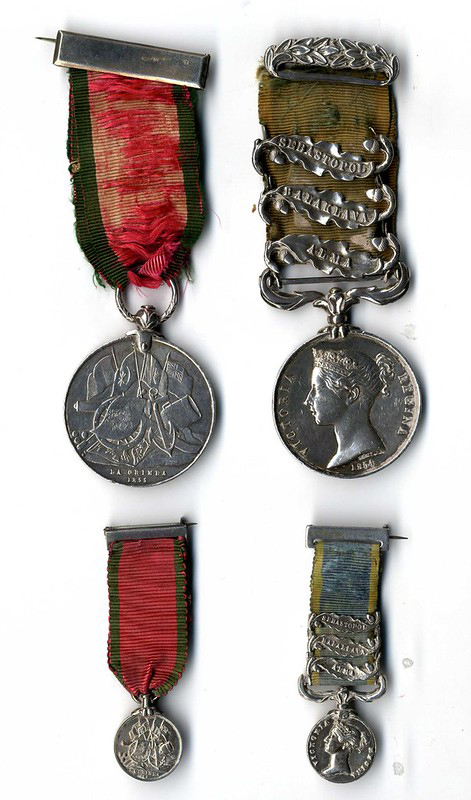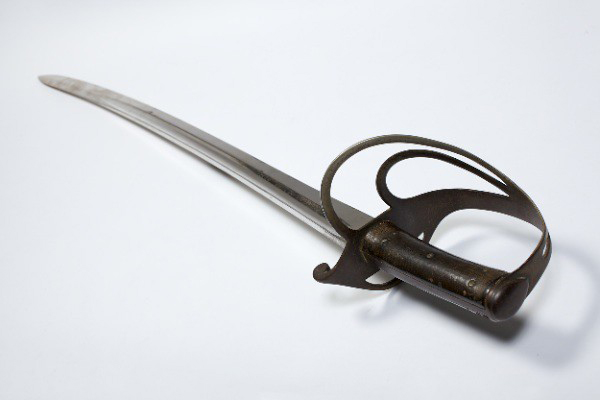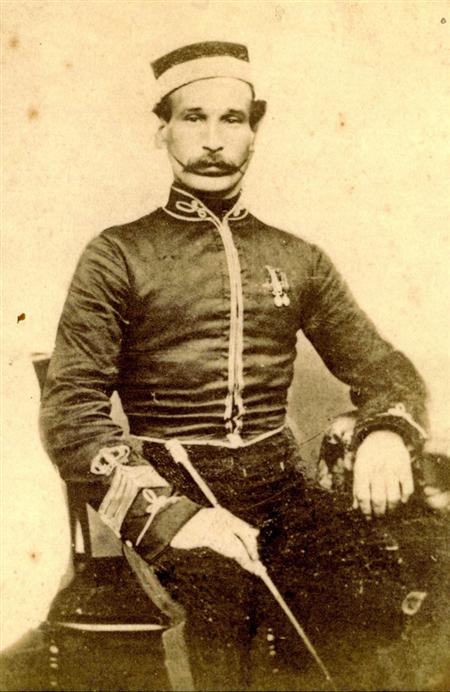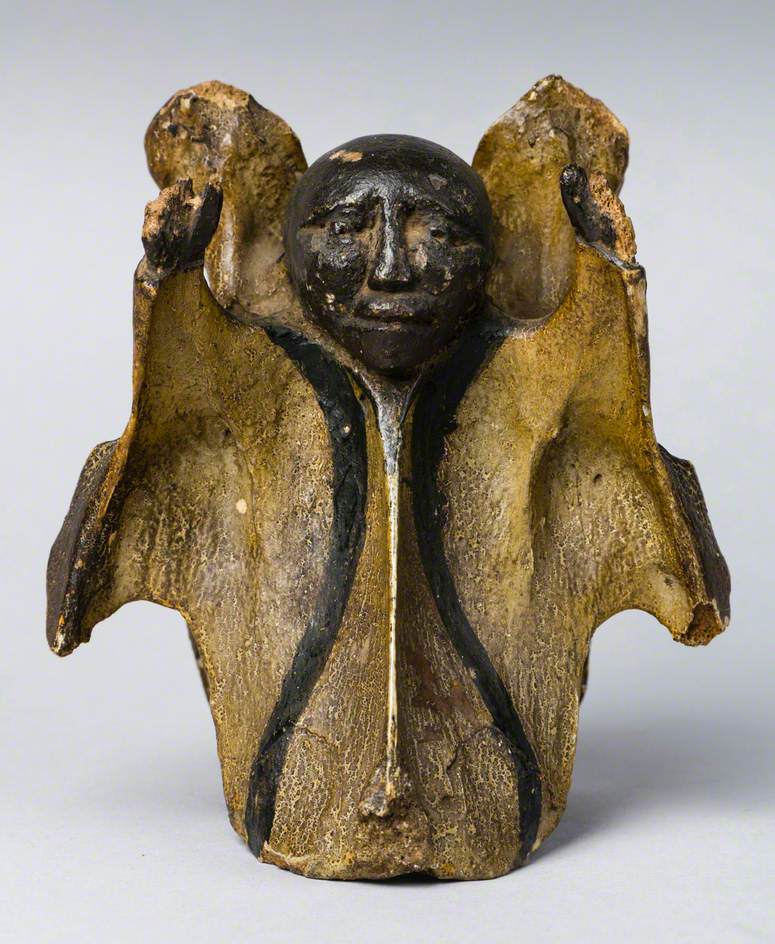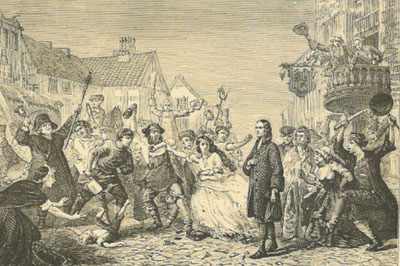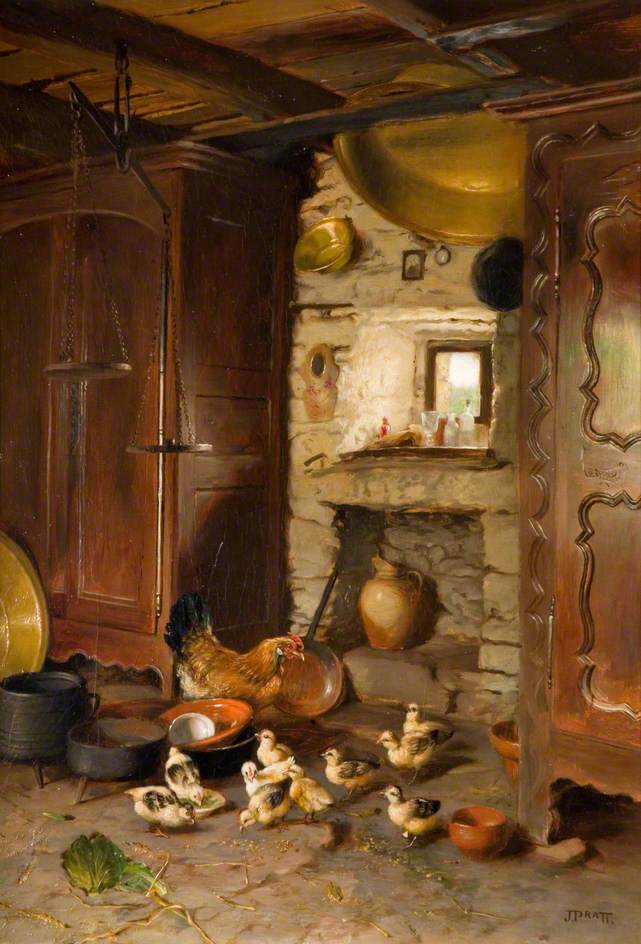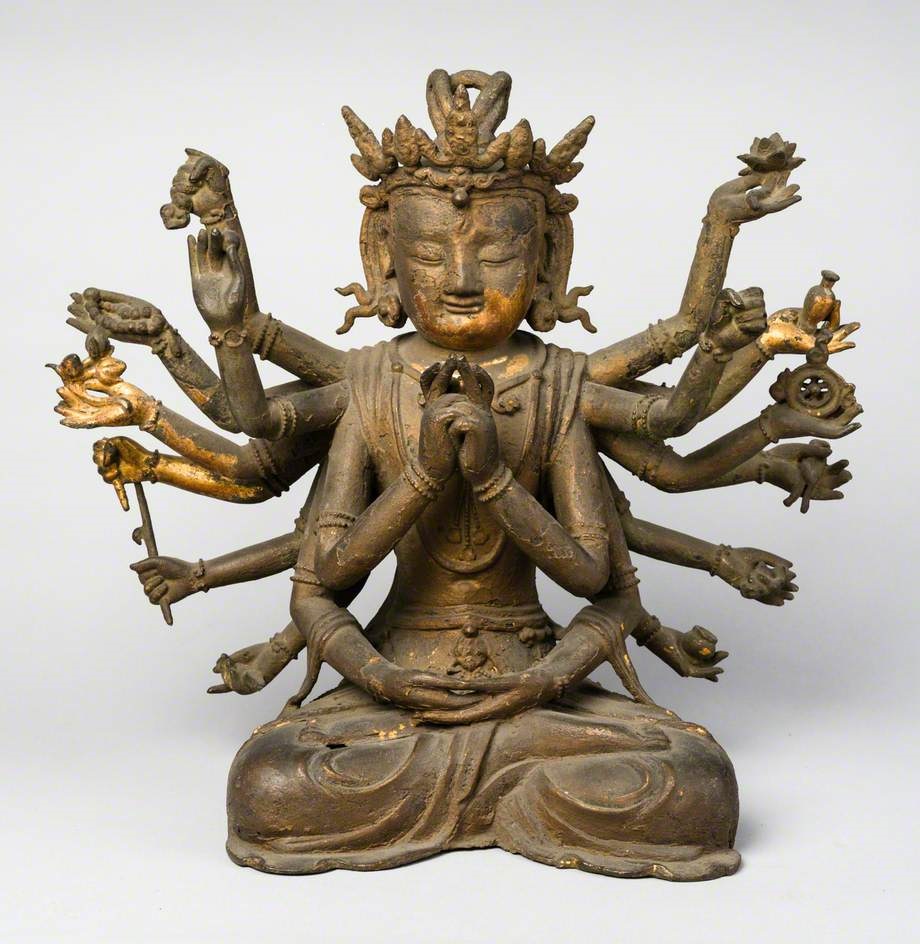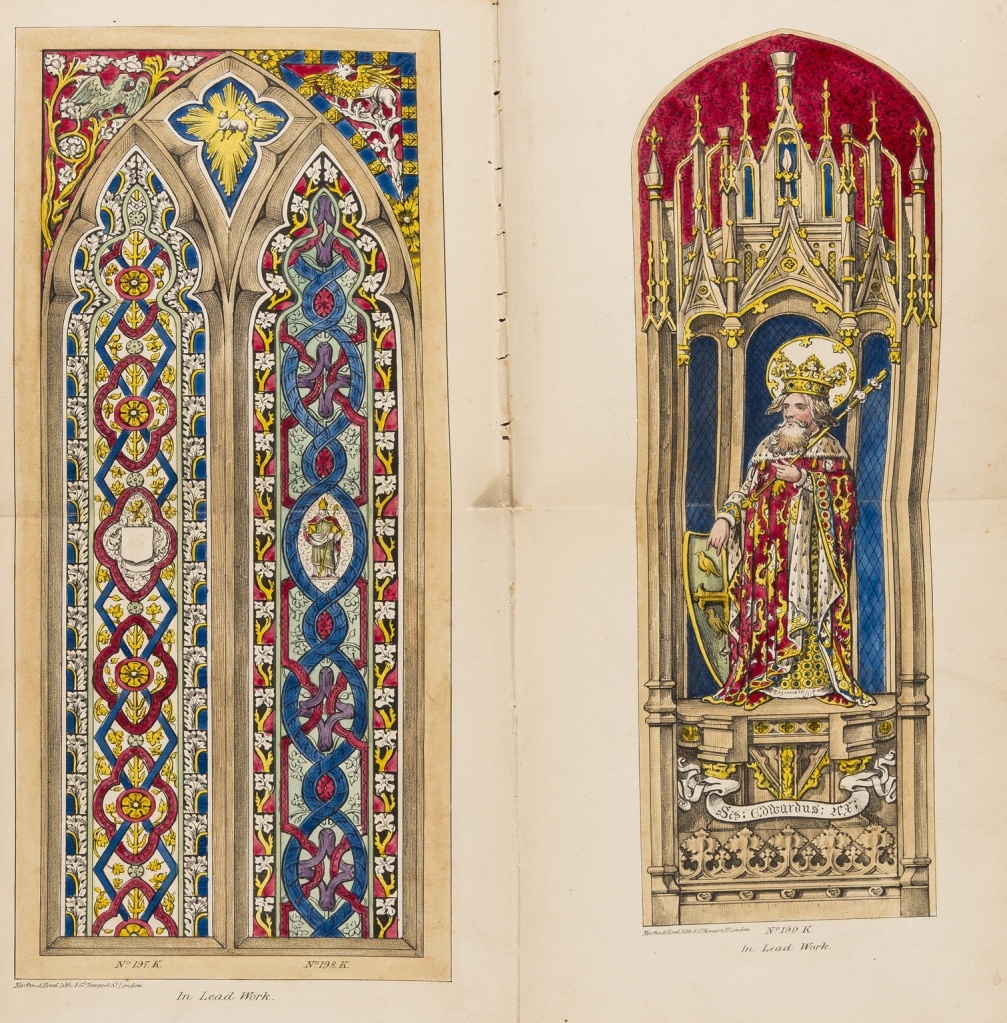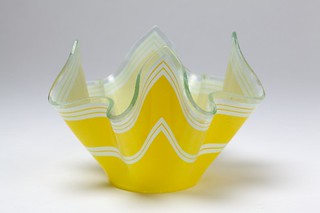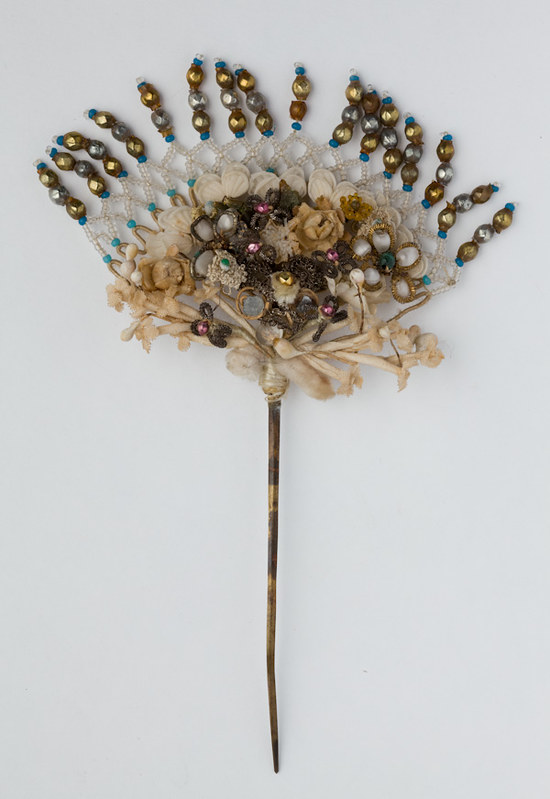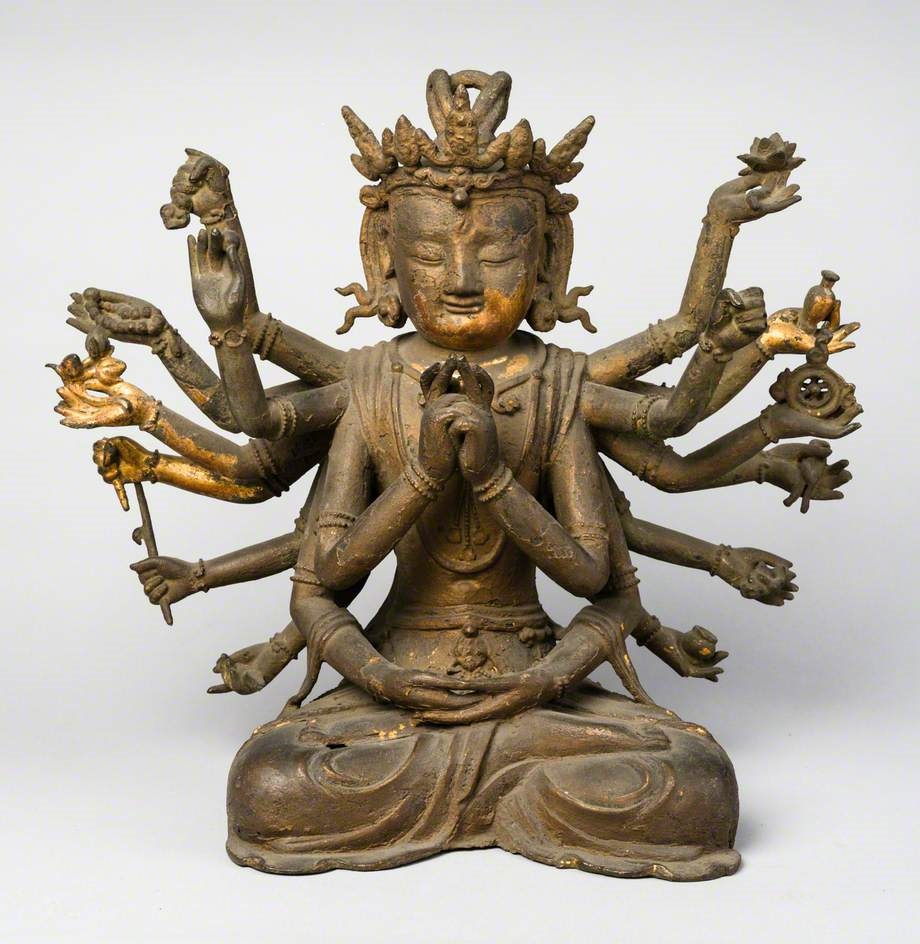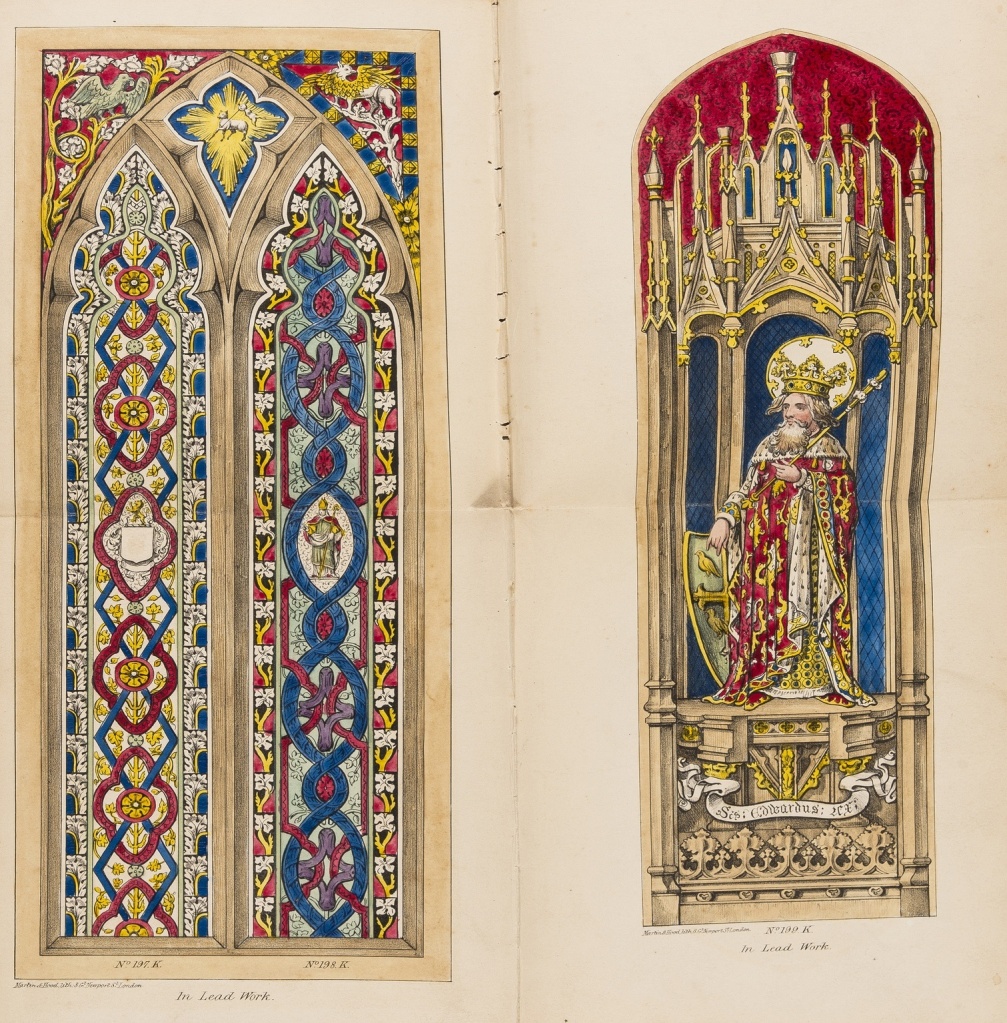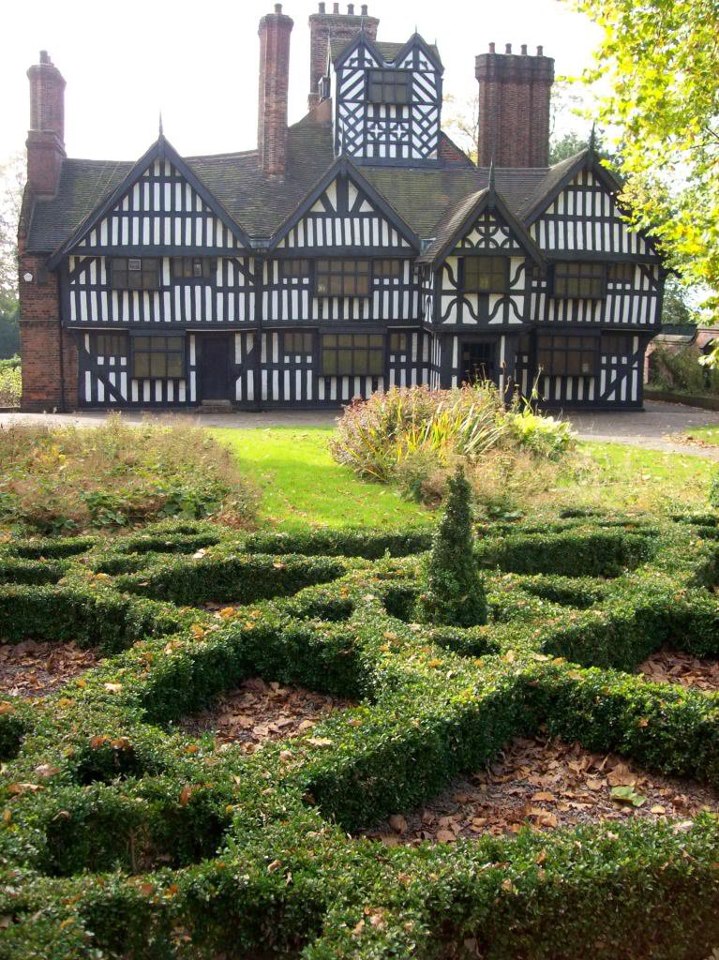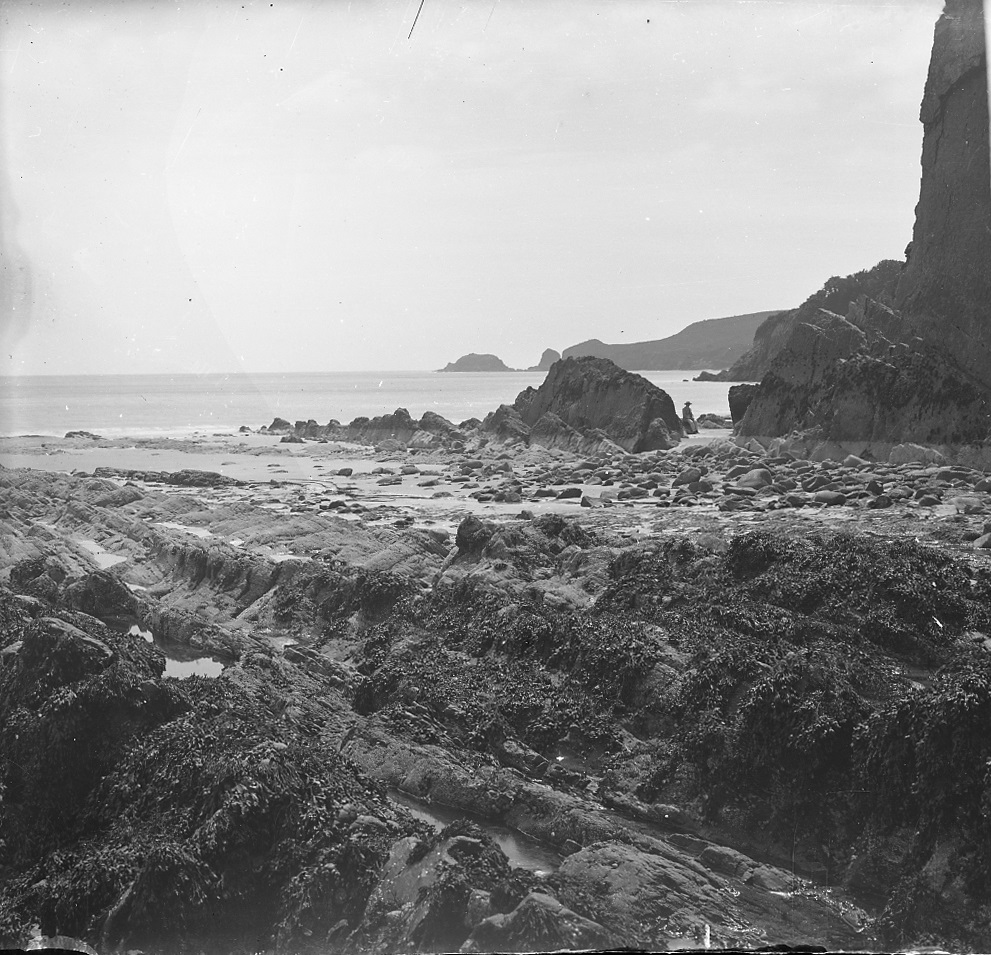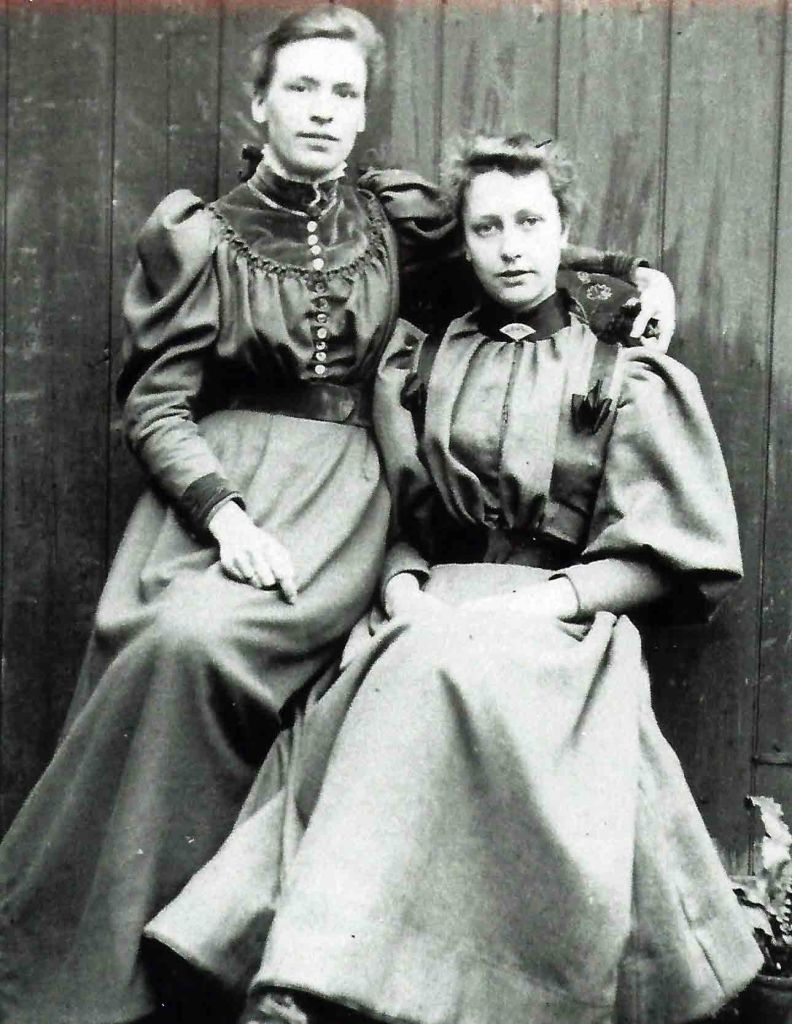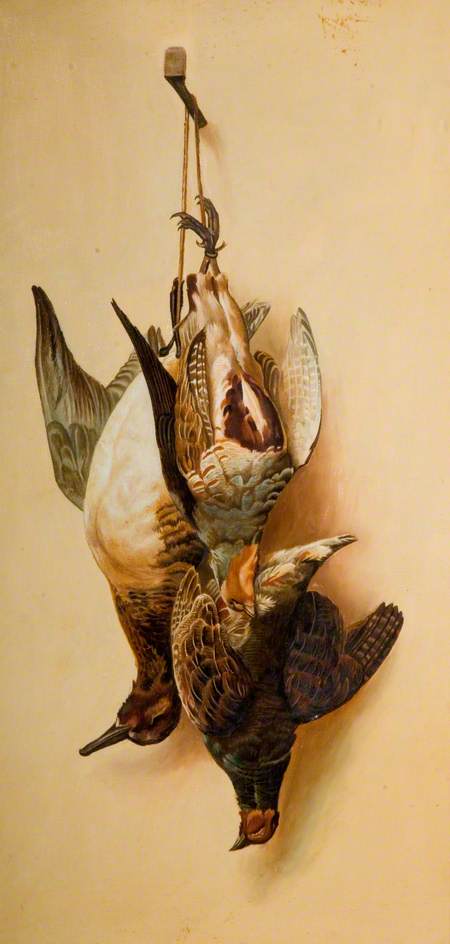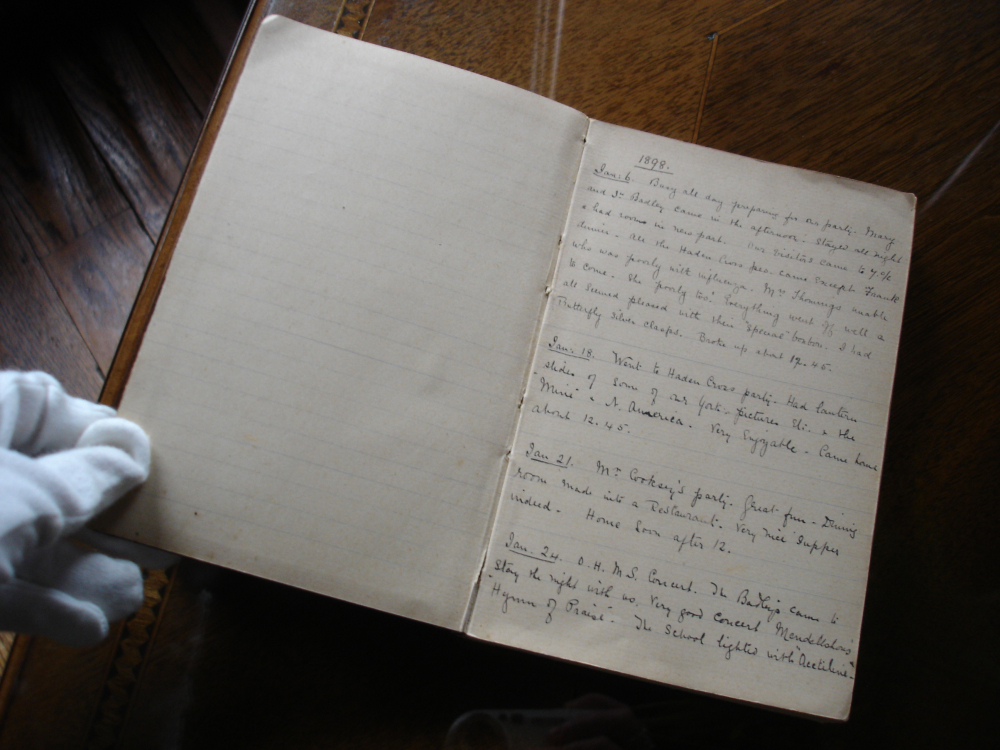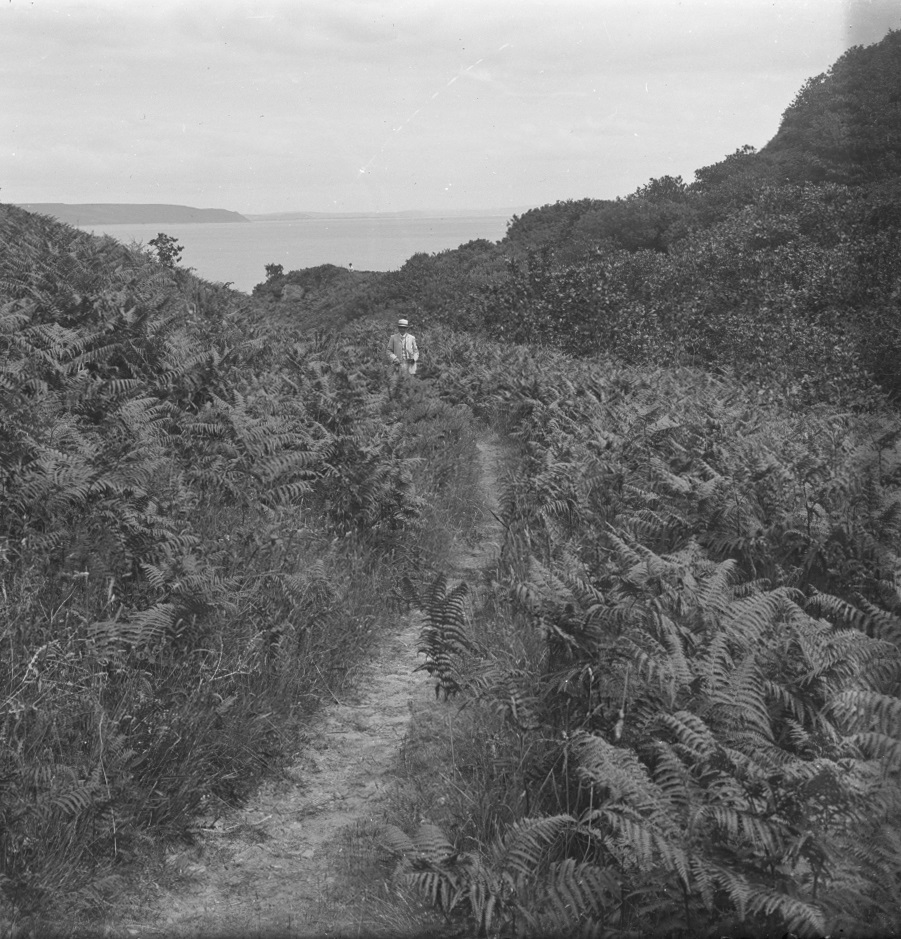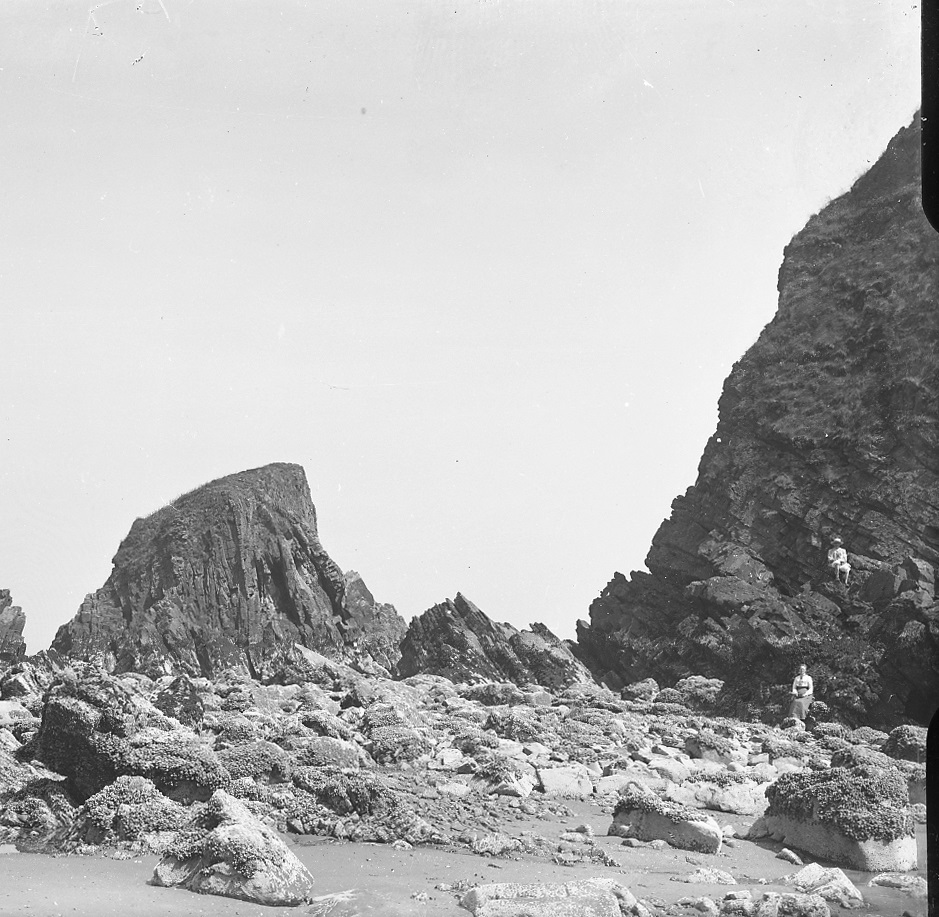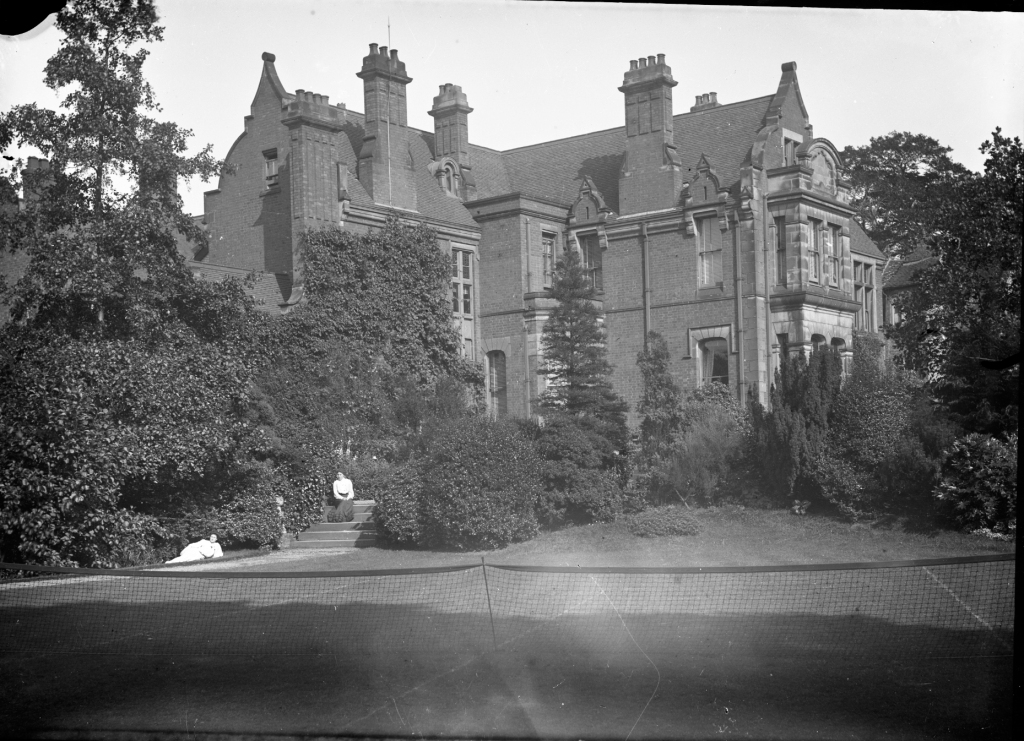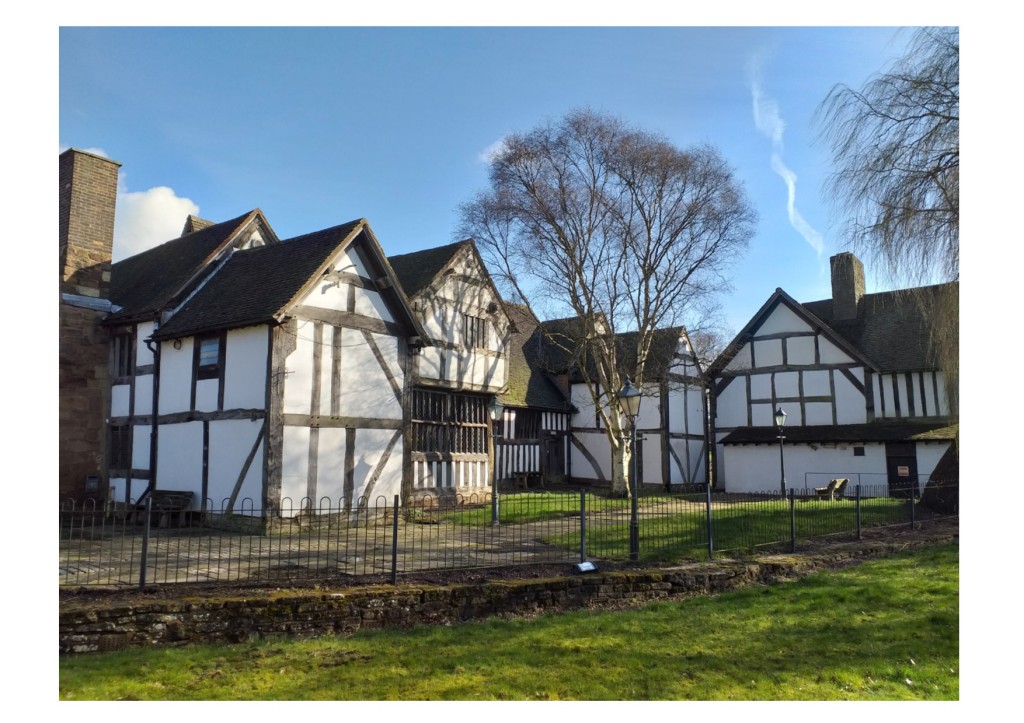
This fantastic building has stood in the landscape for around 750 years. As a grade I listed building it is in the top 2% of important buildings in the entire country and is a unique survival. The great hall’s construction is thought to be the first of its kind anywhere still remaining in a standing building and it has 750 years of stories to discover and explore.
However what do we call this building?
At Sandwell Museums we have began to use an old name for the building which would have been familiar to local people for hundreds of years. We wanted to give the building its own identity back and make it clear firstly that it isn’t the Manor House pub any more but also this was the hall which belonged to the Manor of Bromwich and not anywhere else! There are hundreds of buildings across the country which call themselves ‘The Manor House’ and we wanted to showcase ours! There are lots of other houses and stately homes which use the name ‘hall’ such as Hardwick Hall in Derbyshire, Hagley Hall in Worcestershire, Haddon Hall, Ragley Hall etc. It was staff at the museum service, who love this building and its history who decided to start using its original name again to separate it’s current use as a heritage attraction and community resource from its previous use as a public house and help the building tell all its stories and not just be seen as a former pub!
Follow the story below of how the name of this building has changed over time.
Below is the earliest map we know of dating to 1775 and you can clearly see Bromwich Hall near the top in the centre.
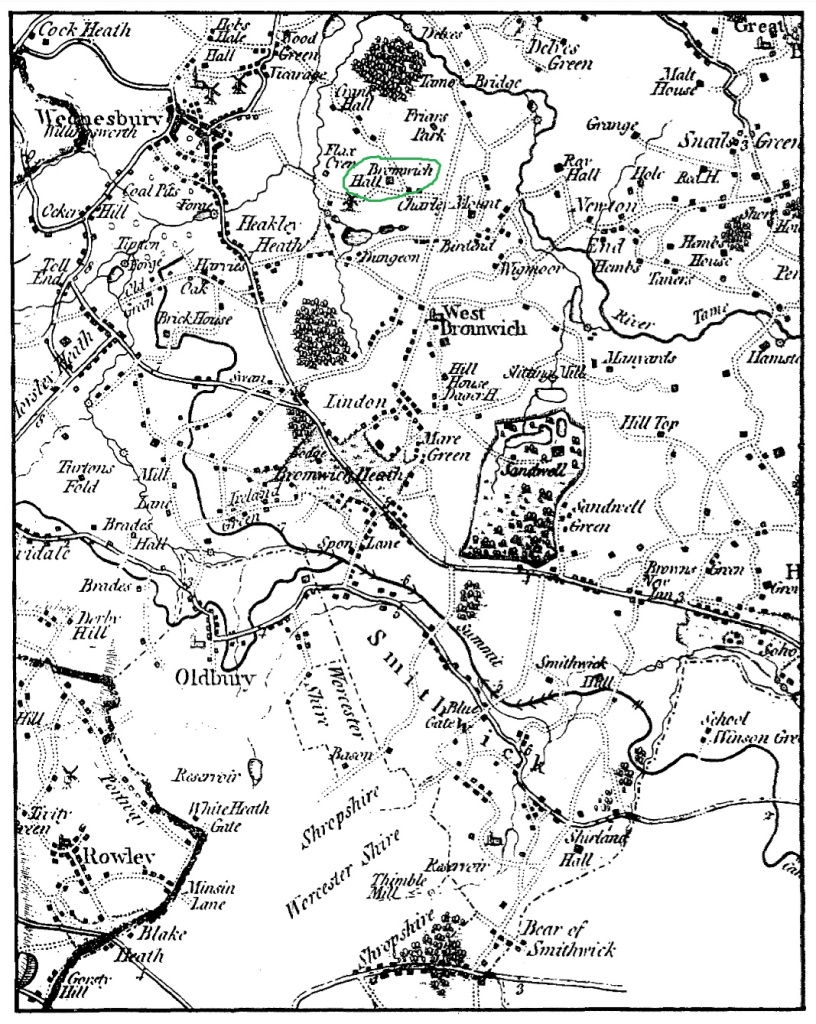
In medieval times a home of a Lord of the Manor and his family would have often been know as the hall. The estate which was administered from the hall was usually called the manor. Here in West Bromwich the manor consisted of the scattered settlement of Bromwich, associated industrial buildings such as forges and mills and the surrounding countryside. The hall and its outbuildings would have been the heart of the manor and a hive of activity. The hall would also have been the local court settling disputes between neighbours.
A history of a name
In the 750 years this building has stood it would have been known by a number of names. In medieval times and into the 1700s it would have been known as Bromwich Hall, The Hall or somebody’s Hall. In later documents we see it referred to as Old Hall right up until newpaper reports and documents into the 1950s. By the late 1950s as restoration was almost complete and the site was to become a restaurant, leased from the council we start seeing the name Manor House appearing in documents for the first time.

If we look at the census records in the 1800s when the building was rented out but still a fairly well-to-do home we see it named at Bromwich Hall in 1841 and again in 1861 (we are still researching other dates)
In the first half of the 20th century the building was split up into a number of dwellings with 8 families living in these tenements. By now the census is just giving it numbered dwellings. What did the people who lived there call the building?
”What did you call the building when you lived there?”
Mrs Bott replied: “We called it the old house”.
”When you were all living there, were you aware that it was an old important building?”
Mr Farnell replied: “No, we thought it was a house to live in actually, …but of course, you had nobody there to tell you the difference, you know, if you had someone to say this was built in so and so year, you probably would have taken more care.”
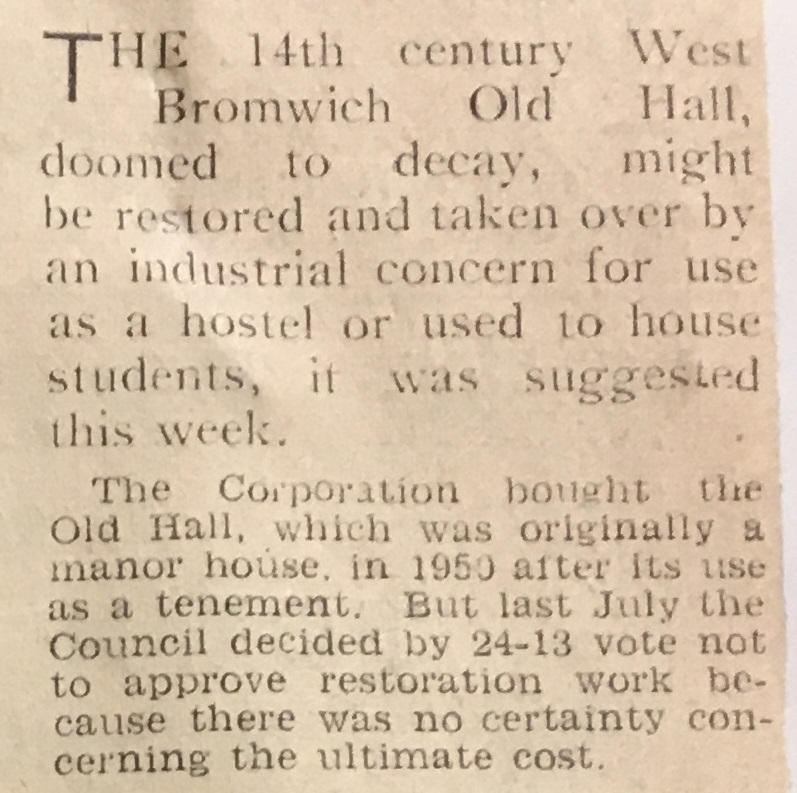
After the tenement residents moved out in 1950 there was a debate as to whether to restore the old building or demolish it. The local press covered this story. In most of these reports from the 1950s the building is called The Old Hall or occasionally West Bromwich Manor.
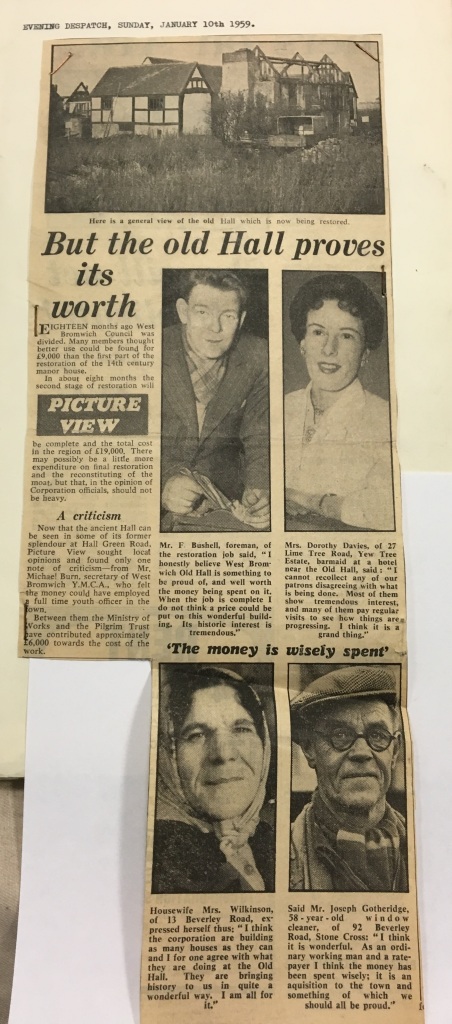

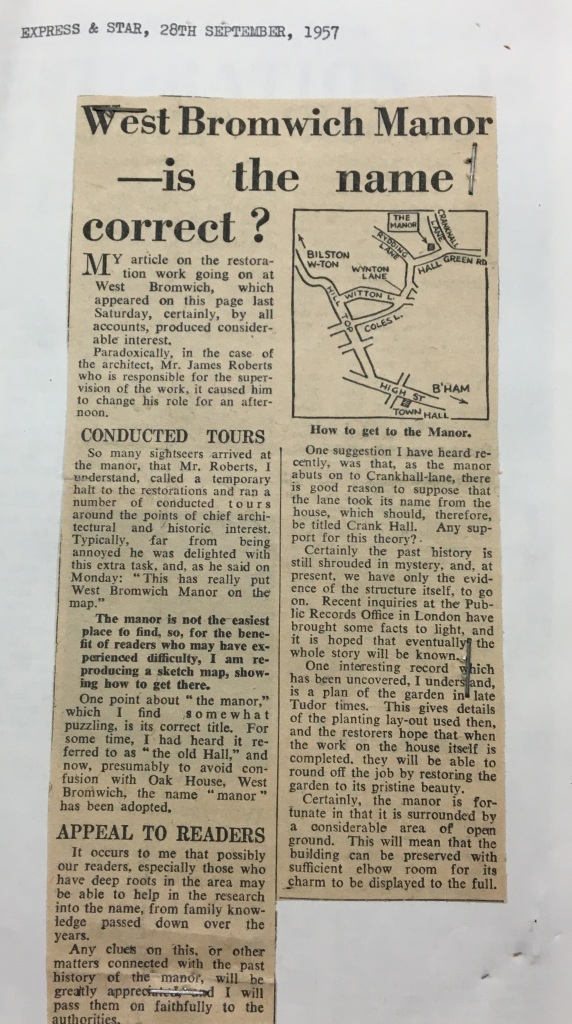

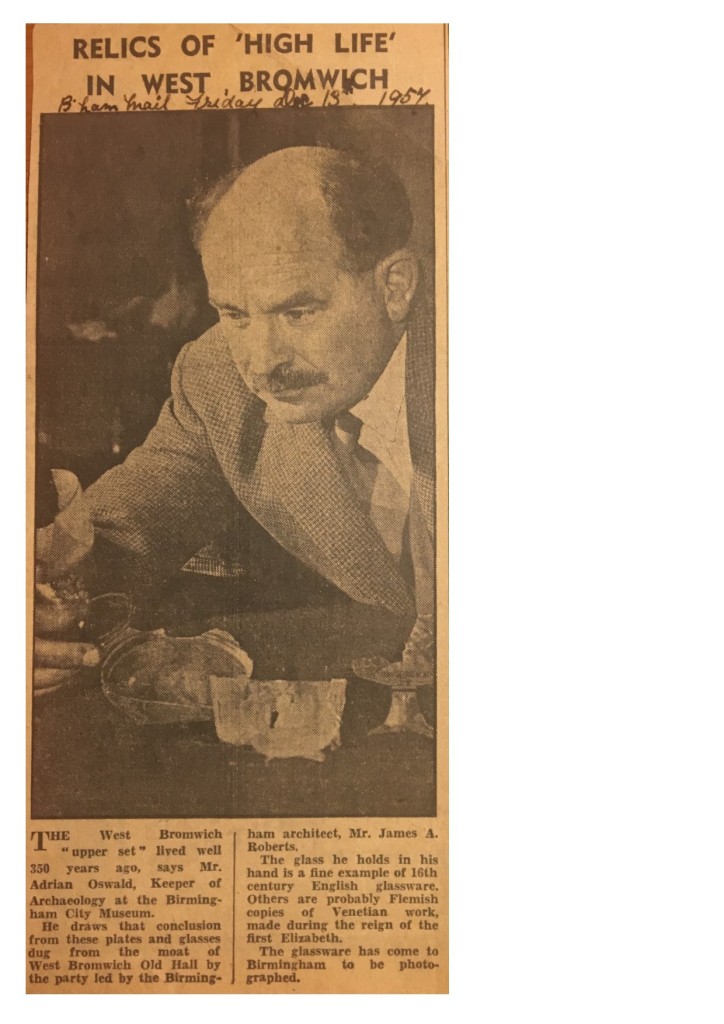
750 years in one hour
If the 750 years of the building’s history was represented by an hour of time then…
…for the first 36 minutes the building was the home of the Lords of the Manor, centre of local administration and law court
..for the next 10 minutes the building was still the home of fairly wealthy people but the concept of Lord of the Manor was no longer really that relevant and it was now just a smart home
…for the following 9 minutes the building was tenements, housing for up to 8 families
…following that for the next 4 minutes the building was a pub and restaurant
…and in the final minute the building has become a museum and community resource
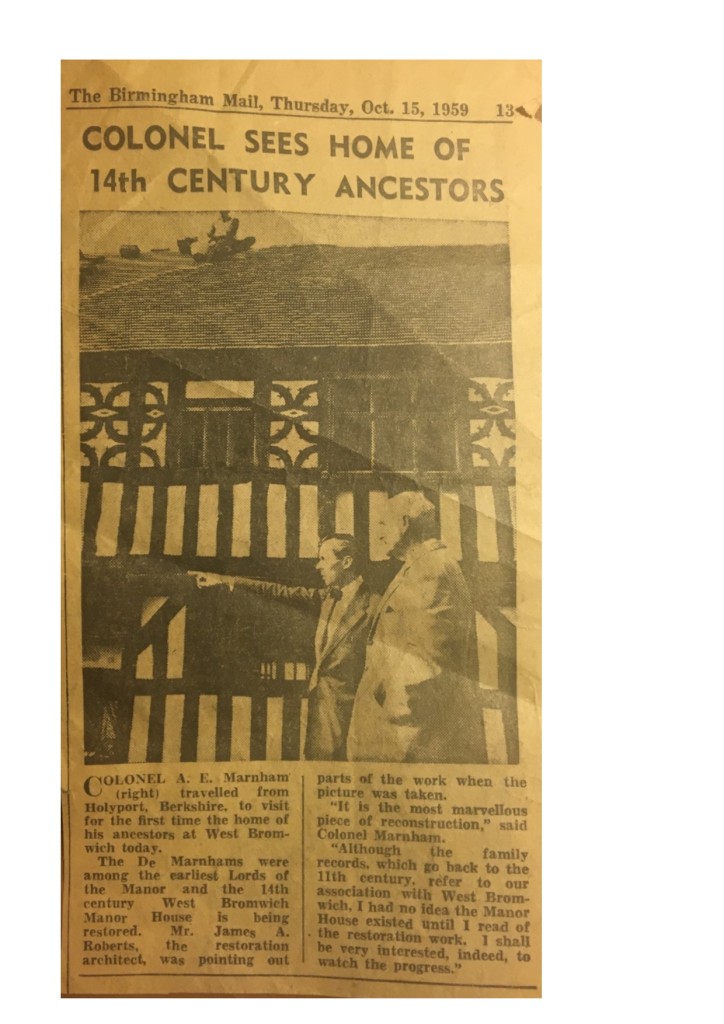
The building’s name was changed to The Manor House and it was know as the Manor House when it opened as a pub restaurant in the early 1960s. Local people often have fond memories of the pub and are disappointed that we are now using an older name for the building. However the Manor House was a name given to the building relatively recently.
There are many buildings, especially public houses around the country called ‘The Manor House’ and we wanted to ensure that this fantastic building stood out amongst the rest with its own recognisable name. The Manor House name was given to this building when it became a pub so here it is a pub name like the Rose and Crown or the Royal Oak! For example the is a Manor House pub in Whittington near Bridgnorth, there is also a Manor House pub near Coventry,
It is also important to see the full 750 years of history and stories this building has to offer and not just view it as a former pub. The building was important to national and not just local history. Walter de Bodenham whose wife inherited the Bromwich manor fought with King Henry II in France and then fought against the king and died at the battle of Evesham in 1265. Richard Shilton who owned the building from the 1620s was a lawyer to King Charles I and oversaw a number of important projects in London, such as the restoration of Old St Paul’s Cathedral before the Great Fire
The pub is certainly an important part of the history of the site but it is only a small part of a fascinating and long history. Now that the building is used as a museum, heritage attraction and community site it seems appropriate to go back to using one of the names it held before it was a pub and which people hundreds of years would have recognised.
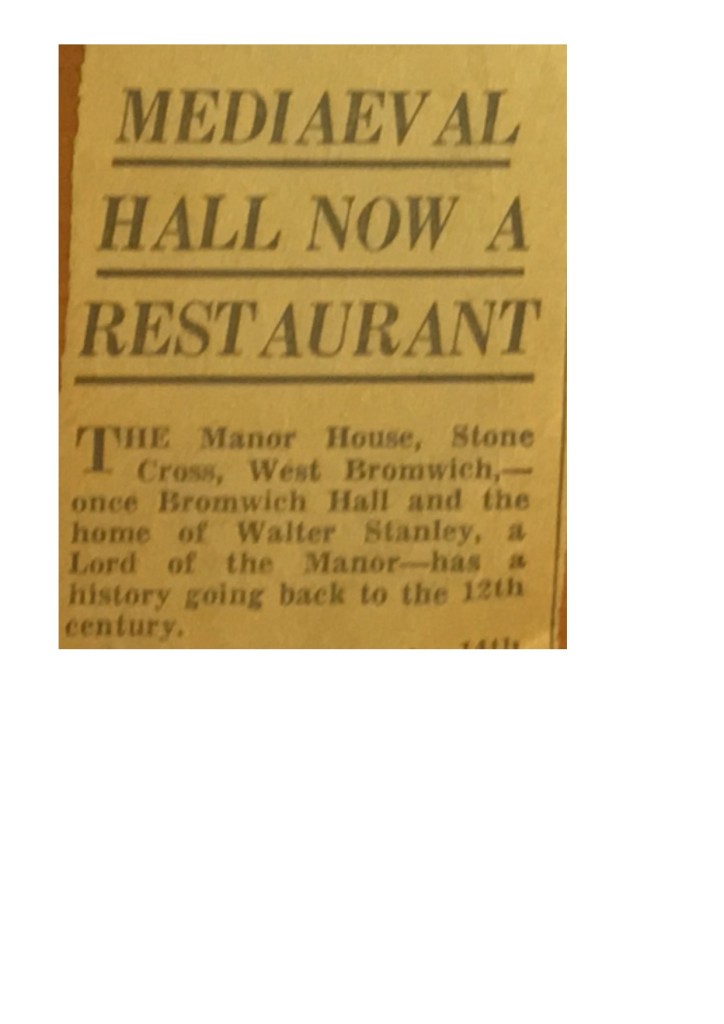
Thanks to Sandwell Community History and Archives Service
